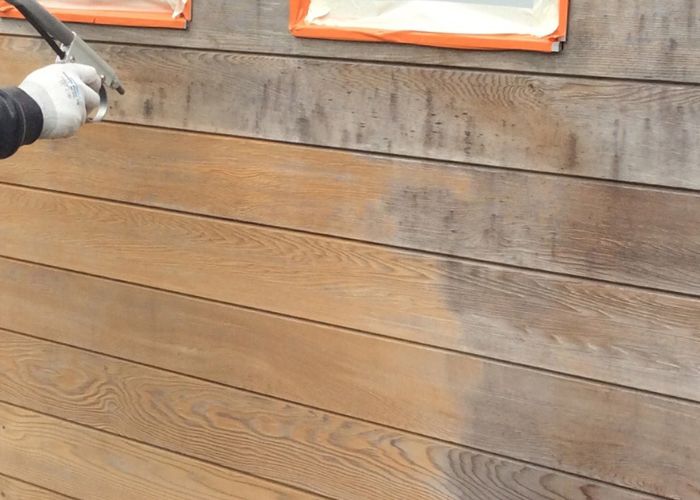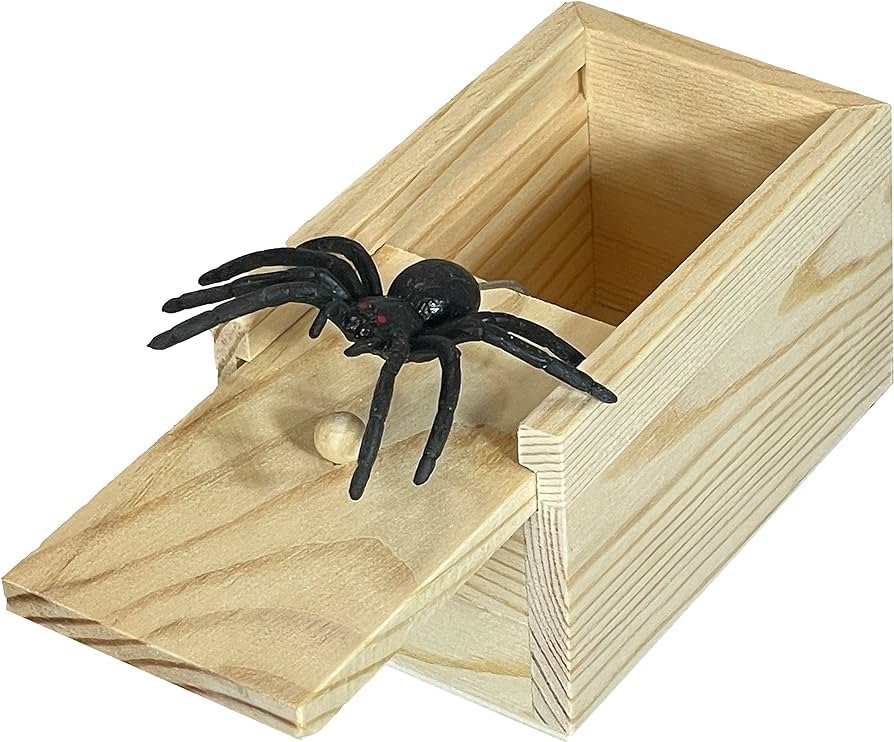Sandblasting Wood Cabinets: Can You Sandblast Wood Cabinets

Sandblasting is a technique that uses compressed air to propel a stream of abrasive material, typically sand, against a surface. This process can be used to clean, etch, or shape various materials, including wood. Sandblasting wood cabinets is a unique way to achieve a rustic or distressed look, remove old paint or varnish, and restore the wood’s natural beauty.
The Sandblasting Process
Sandblasting wood cabinets involves using a sandblasting gun connected to a compressor that provides the necessary air pressure. The abrasive material, usually silica sand, is fed into the gun and propelled against the cabinet’s surface. The force of the sand impacts the wood, removing layers of paint, varnish, or even the wood itself, depending on the pressure and type of abrasive used.
Benefits of Sandblasting Wood Cabinets
- Creating a Unique Finish: Sandblasting can create a variety of finishes, from a smooth, even surface to a textured, distressed look. This allows for unique and personalized designs that are difficult to achieve with other methods.
- Removing Old Paint or Varnish: Sandblasting is an effective way to remove old paint or varnish from wood cabinets, especially when traditional methods like sanding are ineffective or time-consuming. This is particularly useful for restoring antique or vintage cabinets.
- Restoring the Wood’s Natural Beauty: Sandblasting can remove layers of paint or varnish, revealing the natural grain and color of the wood underneath. This can create a stunning, natural look that enhances the beauty of the wood.
Safety Precautions
Sandblasting is a potentially hazardous process that requires careful attention to safety.
- Wear Protective Gear: Always wear a respirator to prevent inhaling sand particles. A full-face shield is also essential to protect your eyes from flying debris. Wear heavy-duty gloves and work boots to protect your hands and feet.
- Work in a Well-Ventilated Area: Sandblasting generates dust, which can be harmful to your health. Always work in a well-ventilated area, preferably outdoors or in a space with a powerful dust collection system.
- Use Caution with Pressure: The pressure used for sandblasting can vary depending on the desired effect. Too much pressure can damage the wood, so it’s important to start with a lower pressure and gradually increase it as needed.
Sandblasting Techniques for Different Wood Cabinet Styles

Sandblasting is a versatile technique that can be used to refinish wood cabinets, giving them a unique look and feel. This technique involves using a high-pressure stream of abrasive particles to remove the existing finish and expose the wood’s natural grain. Different sandblasting techniques are employed depending on the style and type of wood cabinets. This section will explore the nuances of sandblasting various wood cabinet styles, including kitchen cabinets, bathroom cabinets, and built-in cabinets.
Sandblasting Kitchen Cabinets
Kitchen cabinets are often exposed to high levels of moisture and grease, making them ideal candidates for sandblasting. Sandblasting can effectively remove stubborn stains and grease buildup, preparing the surface for a fresh coat of paint or stain.
When sandblasting kitchen cabinets, it’s essential to choose the right abrasive and pressure to avoid damaging the wood. For example, a fine-grit abrasive like glass beads is suitable for removing a light coating of paint or varnish without compromising the wood’s integrity. For more robust finishes or heavily stained cabinets, coarser abrasives like silica sand or walnut shells can be used.
The pressure used for sandblasting kitchen cabinets also depends on the type of finish and the desired outcome. Lower pressures are recommended for removing light finishes or creating a subtle distressed look. Conversely, higher pressures can be used for removing thick layers of paint or creating a more pronounced distressed look.
Sandblasting Bathroom Cabinets
Bathroom cabinets are exposed to high humidity and moisture, which can lead to the growth of mold and mildew. Sandblasting can effectively remove these contaminants, preparing the surface for a fresh coat of paint or stain.
Sandblasting bathroom cabinets requires a different approach compared to kitchen cabinets. The abrasive used should be non-toxic and environmentally friendly to avoid contaminating the bathroom environment. Glass beads or walnut shells are suitable choices for bathroom cabinets.
The pressure used for sandblasting bathroom cabinets should be adjusted based on the type of finish and the desired outcome. Lower pressures are recommended for removing light finishes or creating a subtle distressed look. For more robust finishes or heavily stained cabinets, higher pressures can be used.
Sandblasting Built-in Cabinets, Can you sandblast wood cabinets
Built-in cabinets are often a focal point in a room, and sandblasting can enhance their appearance and create a unique look. Built-in cabinets can be made from various wood types, each requiring a specific sandblasting technique.
For example, softwoods like pine and cedar are more susceptible to damage from sandblasting, so a fine-grit abrasive and lower pressure should be used. Conversely, hardwoods like oak and maple can withstand higher pressures and coarser abrasives.
The pressure used for sandblasting built-in cabinets should be adjusted based on the type of finish and the desired outcome. Lower pressures are recommended for removing light finishes or creating a subtle distressed look. For more robust finishes or heavily stained cabinets, higher pressures can be used.
Finishing Touches

Sandblasting your wood cabinets opens up a world of possibilities when it comes to finishing. You can achieve a variety of looks, from rustic to modern, depending on the type of finish you choose. The most common options are staining, painting, and sealing.
Staining Sandblasted Wood Cabinets
Staining is a great way to enhance the natural beauty of the wood. It allows the grain pattern to show through while adding color and depth. Stains are available in a wide range of colors, from light washes to dark browns.
- Oil-based stains are known for their rich color and deep penetration. They are durable and can be applied with a brush, cloth, or spray. They are best suited for hardwoods like oak, maple, and cherry.
- Water-based stains are easier to clean up and dry faster than oil-based stains. They are also less likely to raise the grain of the wood. However, they tend to be less vibrant than oil-based stains. They are suitable for most wood types, including softwoods like pine and cedar.
- Gel stains are thick and creamy, making them ideal for filling in the pores of the wood. They provide a more even color and are less likely to run than other types of stains. They are suitable for all wood types.
Painting Sandblasted Wood Cabinets
Painting is a great way to give your cabinets a completely new look. It can cover up any imperfections in the wood and create a smooth, even finish. You can choose from a wide range of paint colors and finishes, from flat to gloss.
- Latex paint is water-based and easy to clean up. It is also low-odor and dries quickly. It is a good choice for most cabinet styles.
- Oil-based paint is more durable than latex paint and provides a harder finish. It is also more resistant to moisture and stains. However, it takes longer to dry and has a strong odor. It is a good choice for high-traffic areas, such as kitchens and bathrooms.
Sealing Sandblasted Wood Cabinets
Sealing is essential to protect your cabinets from damage and wear. It creates a barrier that prevents moisture, dirt, and stains from penetrating the wood.
- Polyurethane is a durable sealant that is resistant to scratches, water, and stains. It is available in both oil-based and water-based formulas. It is a good choice for kitchen cabinets and other high-traffic areas.
- Lacquer is a hard, durable finish that is often used for furniture and cabinets. It is known for its high gloss and clarity. However, it can be difficult to apply and is not as moisture-resistant as polyurethane. It is a good choice for cabinets that are not exposed to moisture.
- Wax is a natural sealant that is easy to apply and maintain. It provides a soft, satin finish and enhances the natural beauty of the wood. However, it is not as durable as polyurethane or lacquer. It is a good choice for cabinets that are not exposed to moisture or heavy wear.
Choosing the Right Finish
The best finish for your cabinets will depend on a number of factors, including the type of wood, the style of the cabinets, and the level of durability you need. Here is a table that summarizes the pros and cons of different finishes:
| Finish | Pros | Cons | Suitability |
|---|---|---|---|
| Oil-based Stain | Rich color, deep penetration, durable | Can be difficult to clean up, takes longer to dry, can raise the grain of the wood | Hardwoods like oak, maple, and cherry |
| Water-based Stain | Easy to clean up, dries quickly, less likely to raise the grain of the wood | Less vibrant than oil-based stains | Most wood types, including softwoods like pine and cedar |
| Gel Stain | Thick and creamy, fills in pores, even color, less likely to run | Can be more expensive than other types of stains | All wood types |
| Latex Paint | Water-based, easy to clean up, low-odor, dries quickly | Not as durable as oil-based paint | Most cabinet styles |
| Oil-based Paint | Durable, hard finish, resistant to moisture and stains | Takes longer to dry, strong odor | High-traffic areas, such as kitchens and bathrooms |
| Polyurethane | Durable, resistant to scratches, water, and stains | Can be difficult to apply | Kitchen cabinets and other high-traffic areas |
| Lacquer | Hard, durable finish, high gloss, clarity | Difficult to apply, not as moisture-resistant as polyurethane | Cabinets that are not exposed to moisture |
| Wax | Easy to apply and maintain, soft, satin finish, enhances the natural beauty of the wood | Not as durable as polyurethane or lacquer | Cabinets that are not exposed to moisture or heavy wear |
Can you sandblast wood cabinets – Sandblasting wood cabinets? That’s a bold move, like deciding to wear a tutu to a board meeting. Maybe you’re going for a rustic, “I just survived a sandstorm” look? Or maybe you’re just looking for a way to add some texture.
Whatever your reason, you might want to check out this guide on vinyl plank flooring in bedroom , just in case you need some inspiration for your next home renovation project. And if you do decide to sandblast those cabinets, remember to wear a mask.
You don’t want to end up looking like a sand-covered pirate.
Sandblasting wood cabinets? Sure, if you want to give them that “I just got hit by a sandstorm” look. But if you’re going for a more refined, luxurious aesthetic, maybe consider something like burl wood kitchen cabinets.
Those intricate patterns are way more appealing than a sandblasted mess, unless you’re aiming for a rustic, post-apocalyptic vibe. And even then, you might want to reconsider sandblasting – those cabinets might end up looking like they’ve been through a woodchipper.
